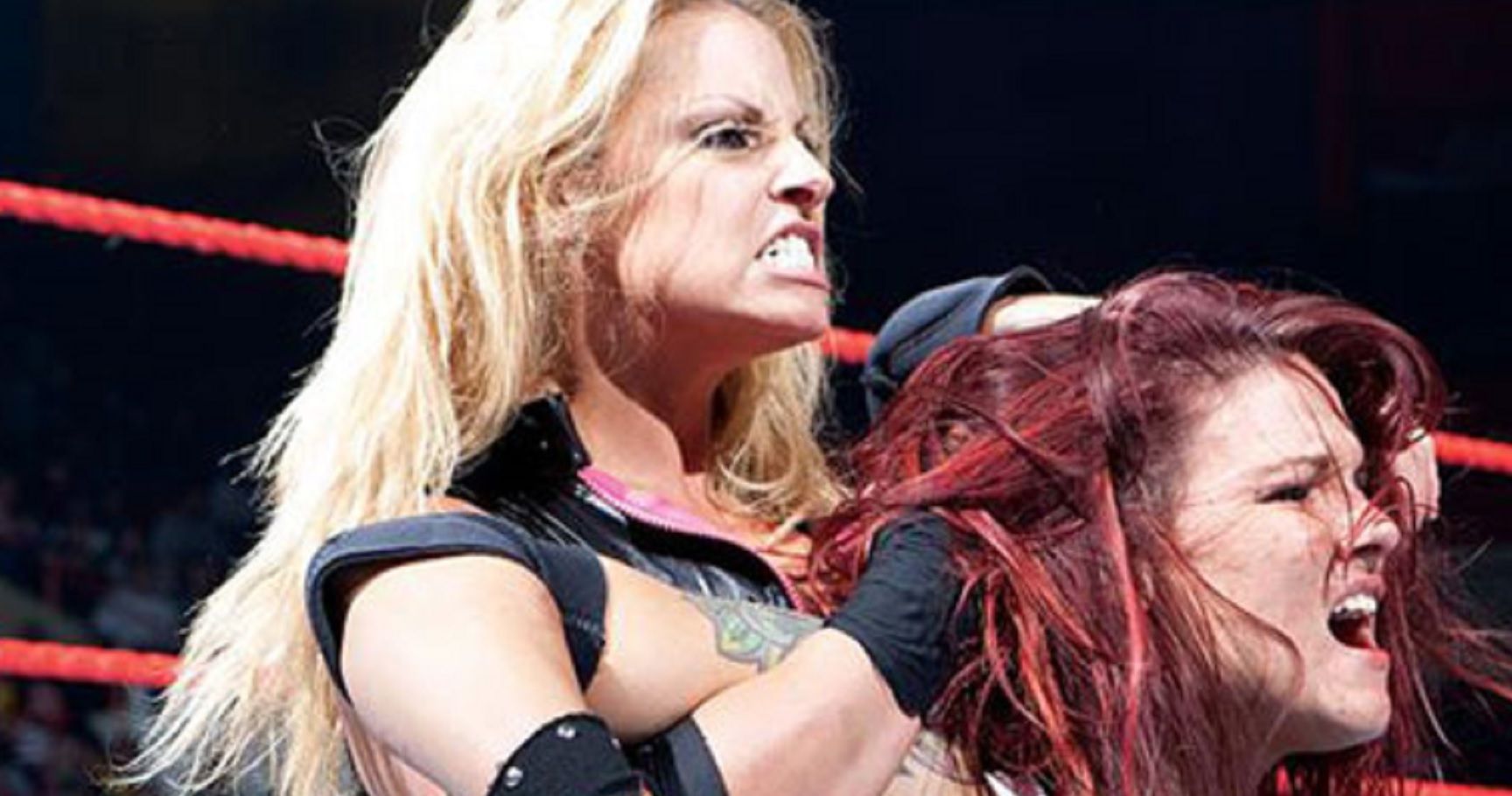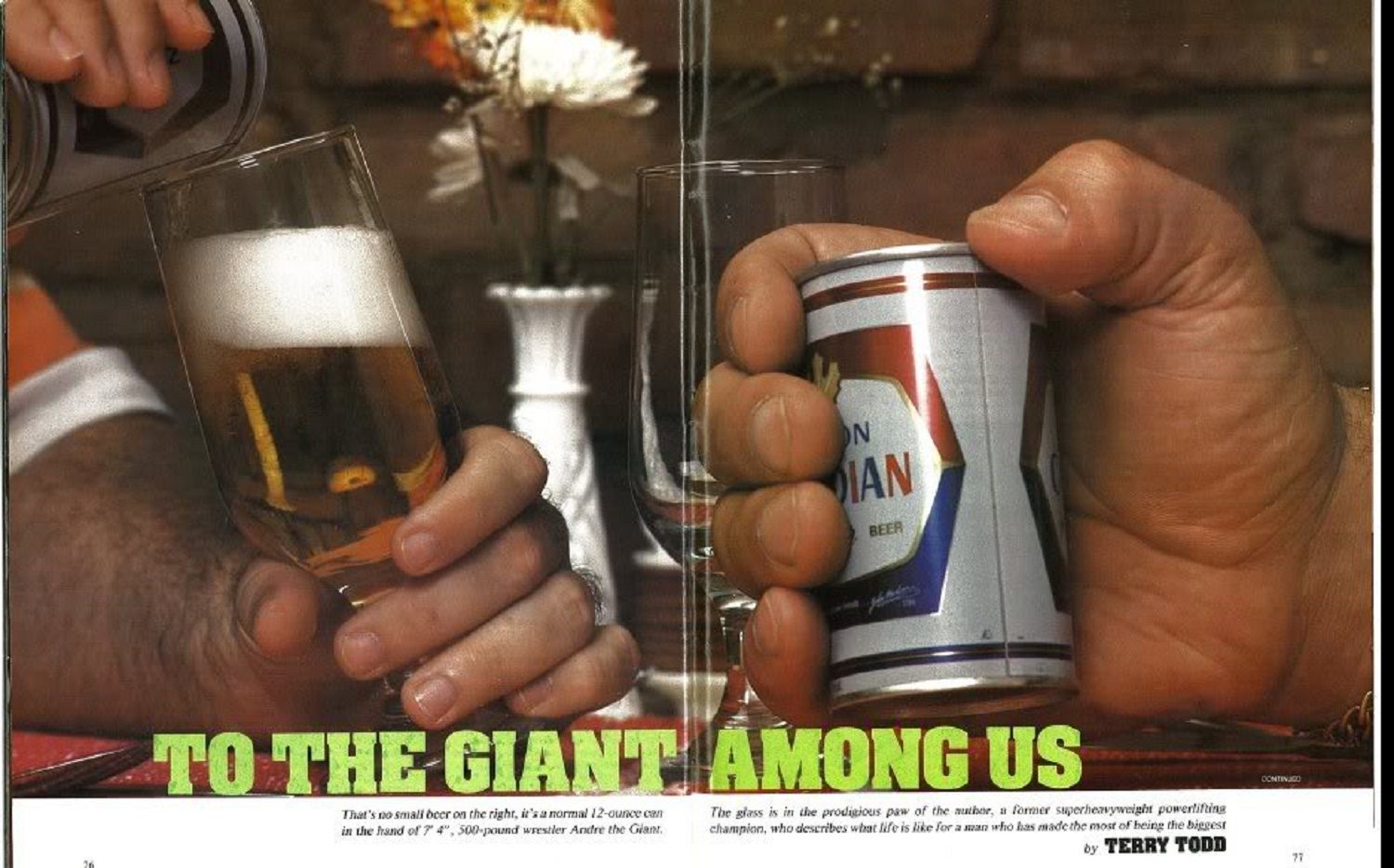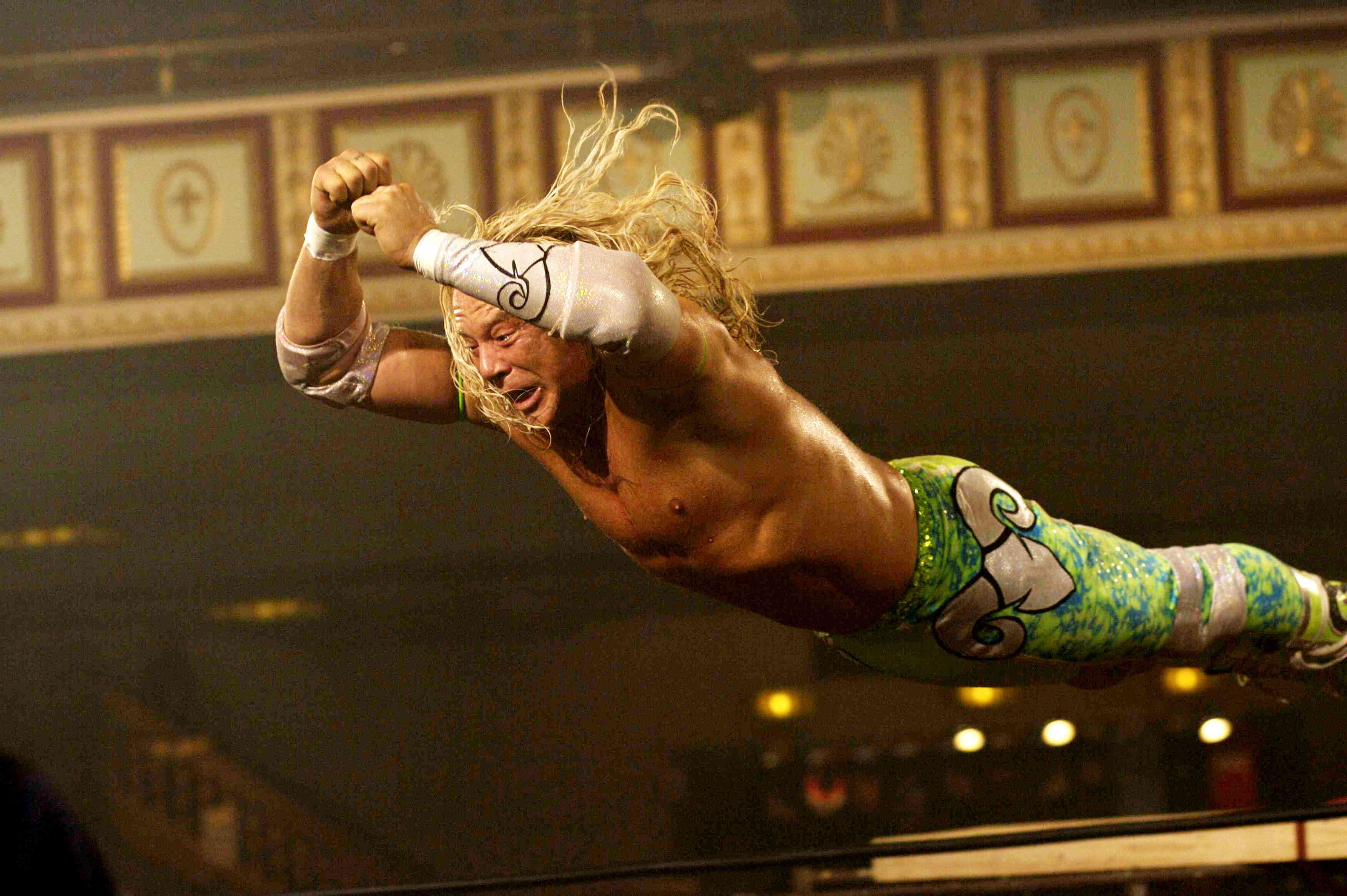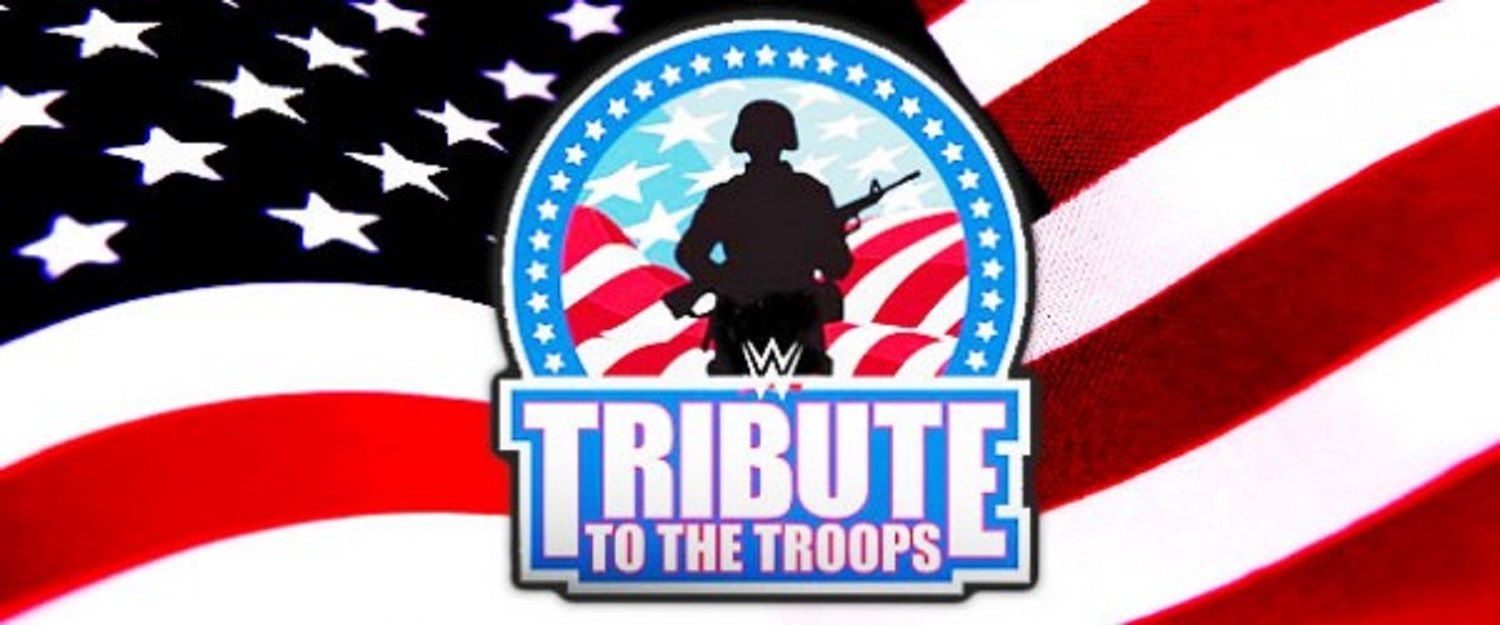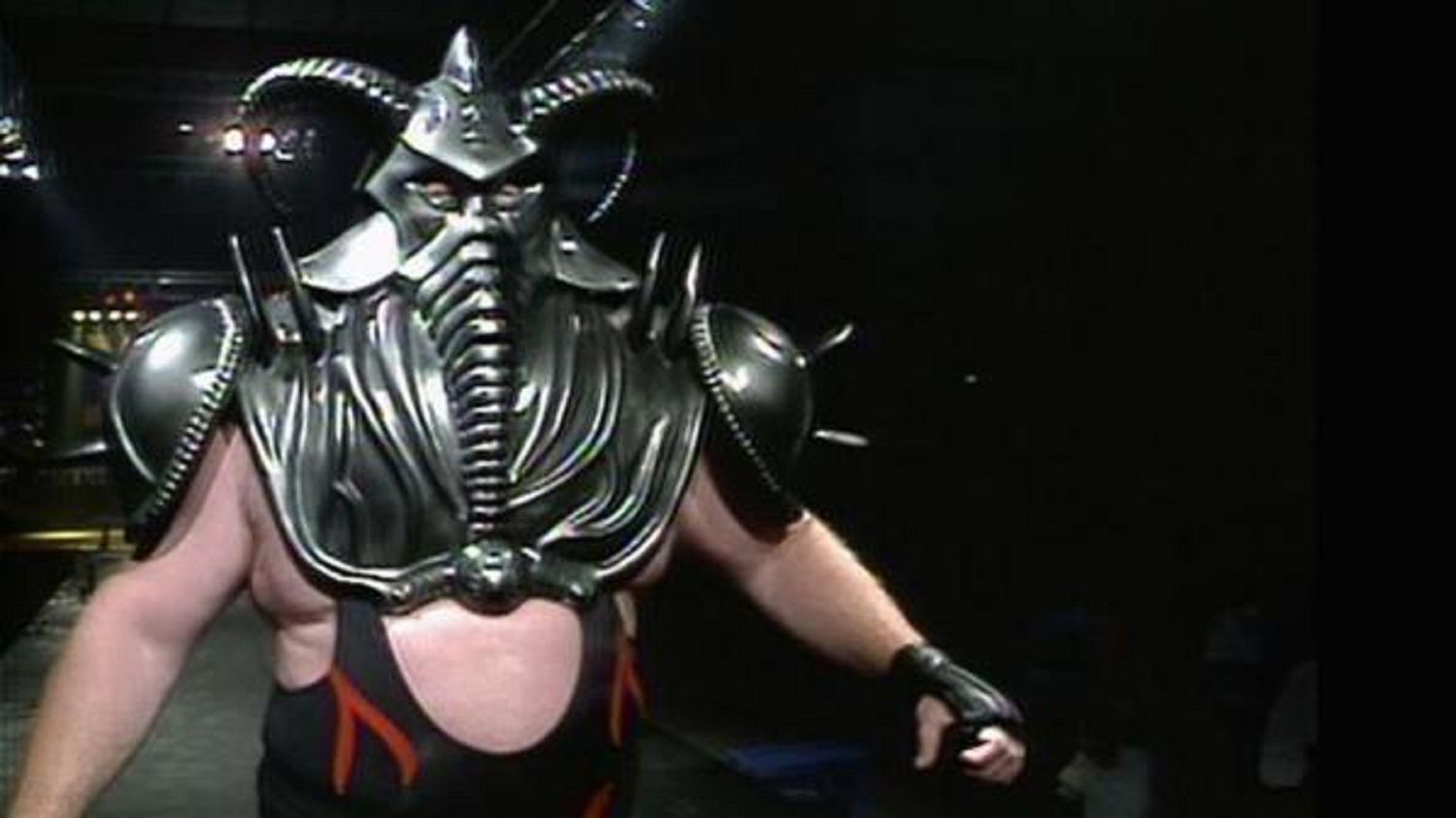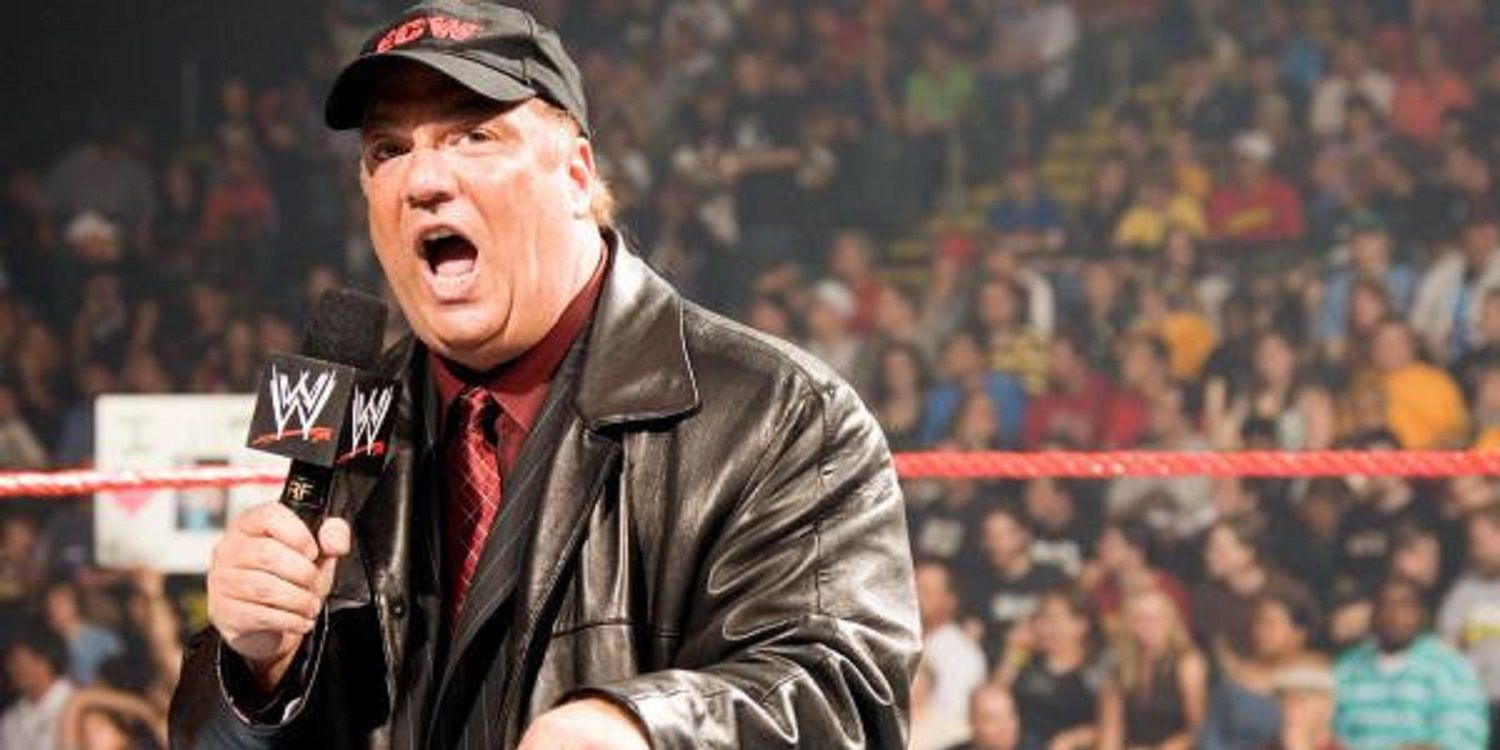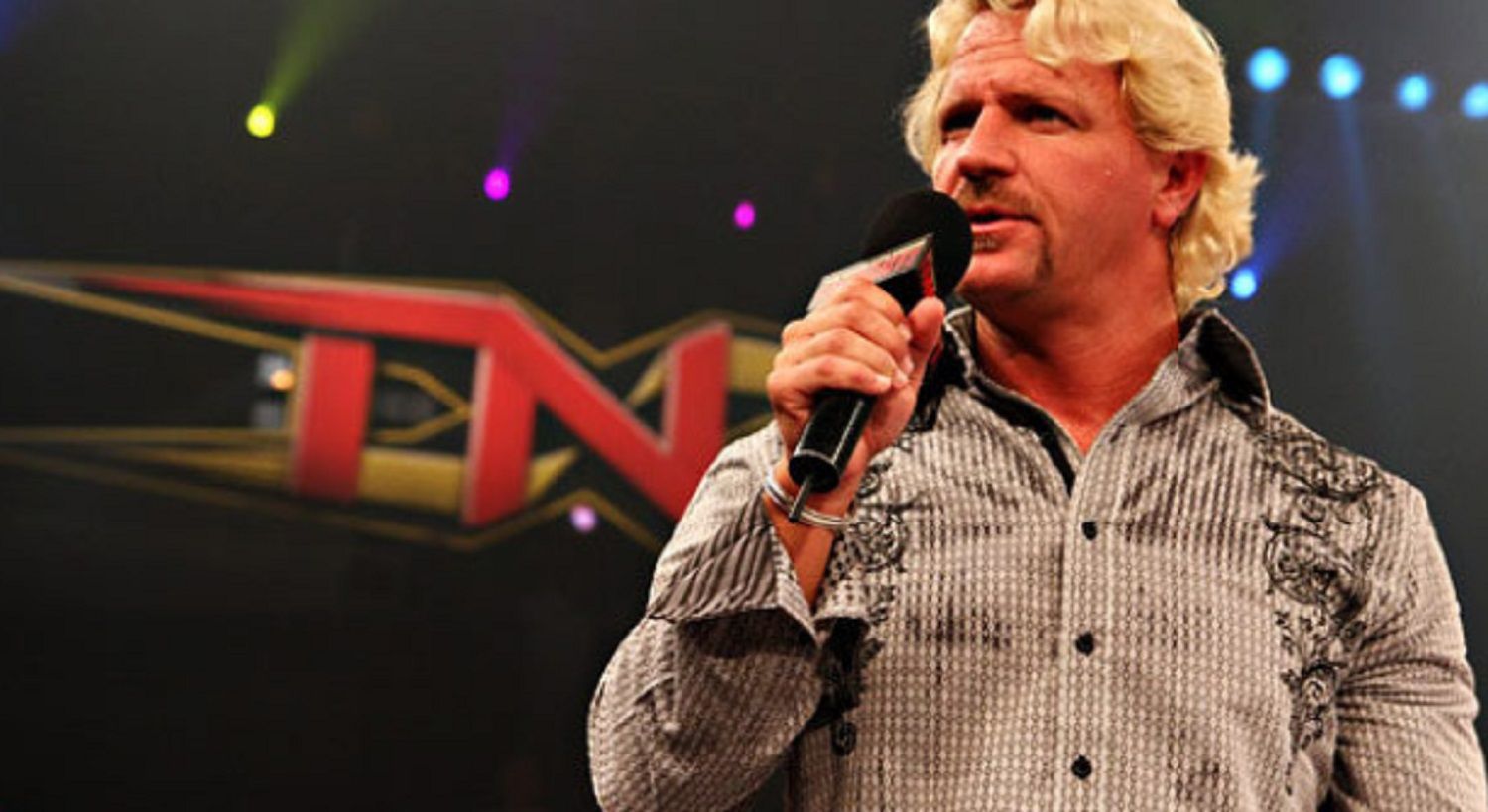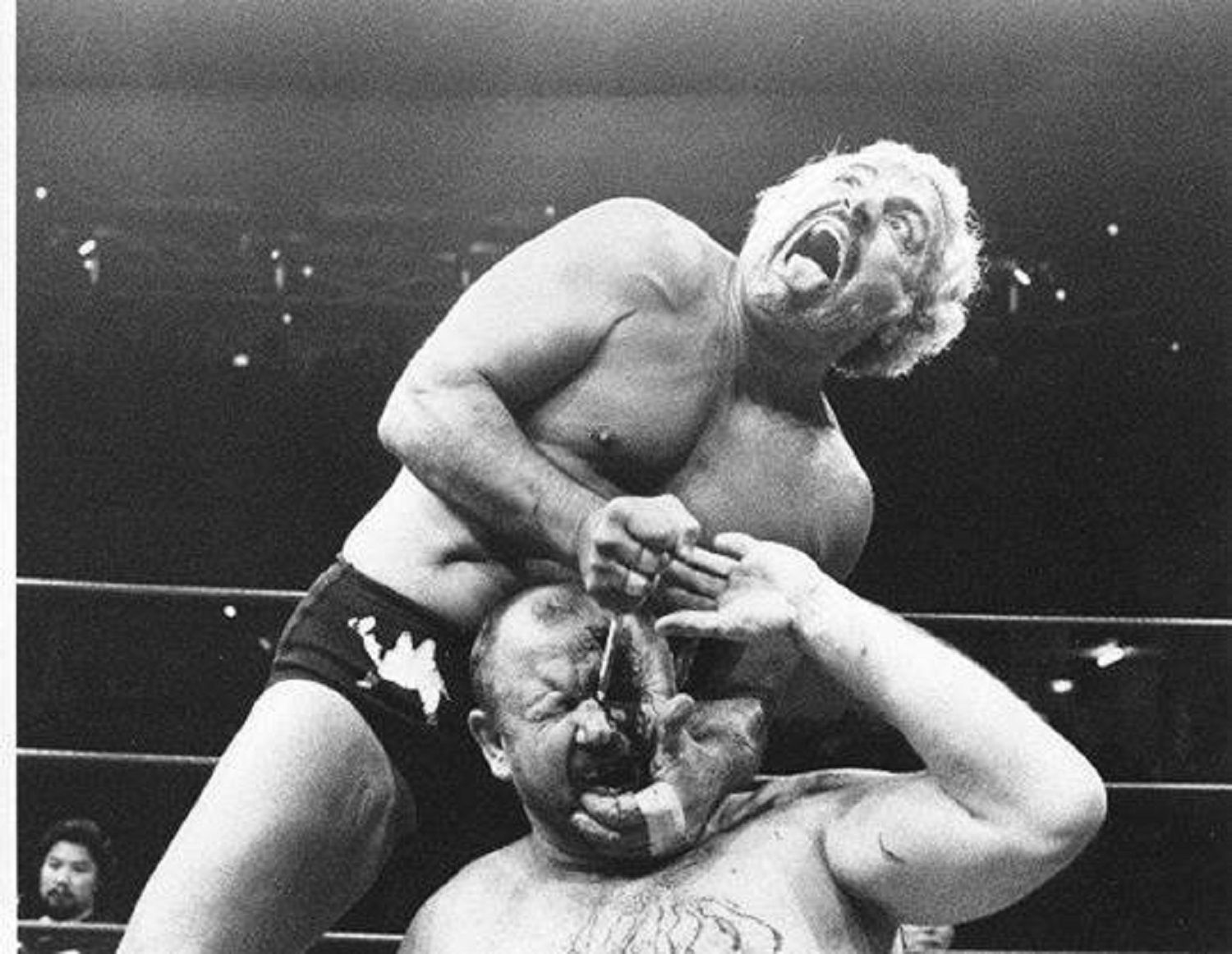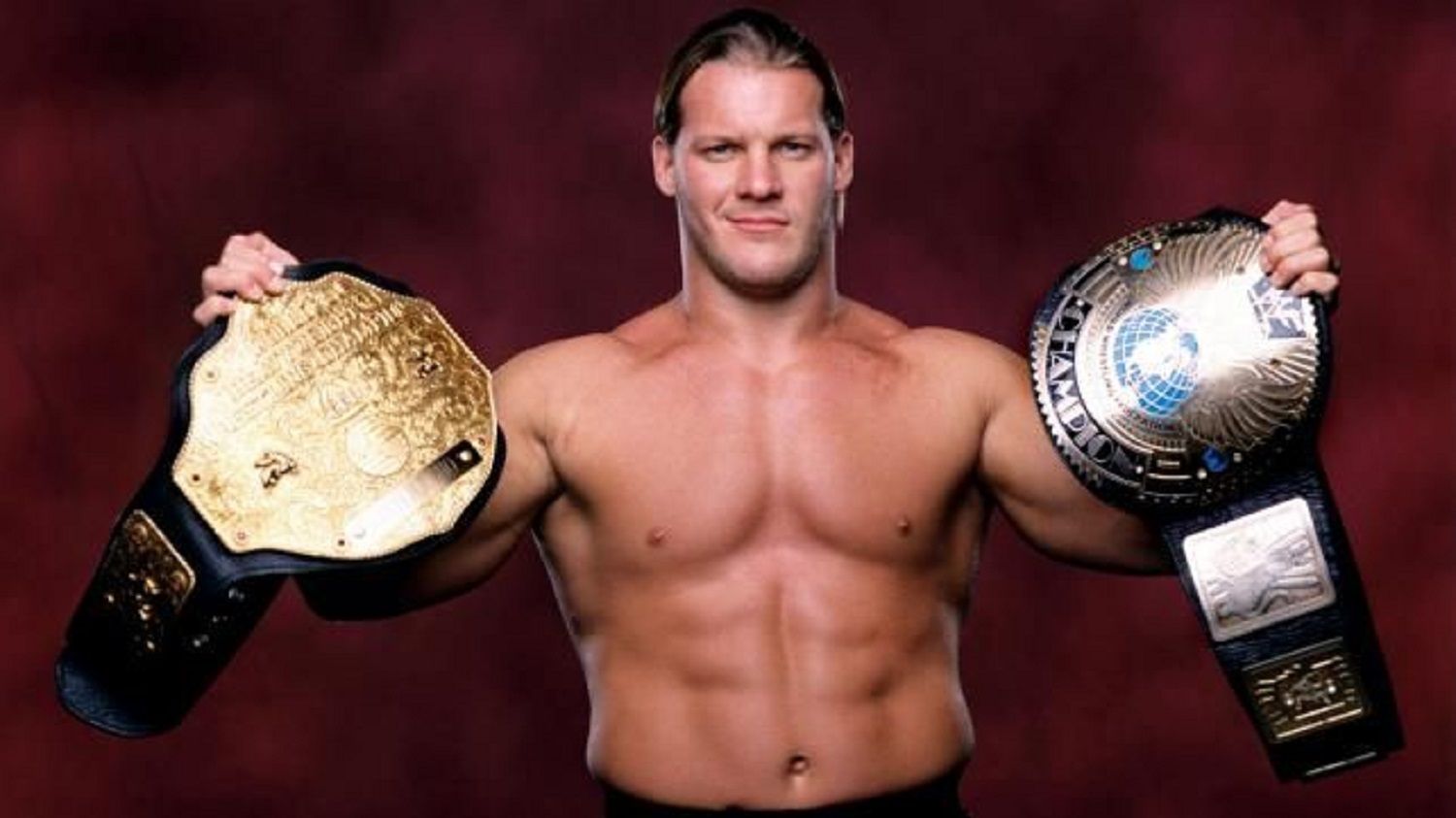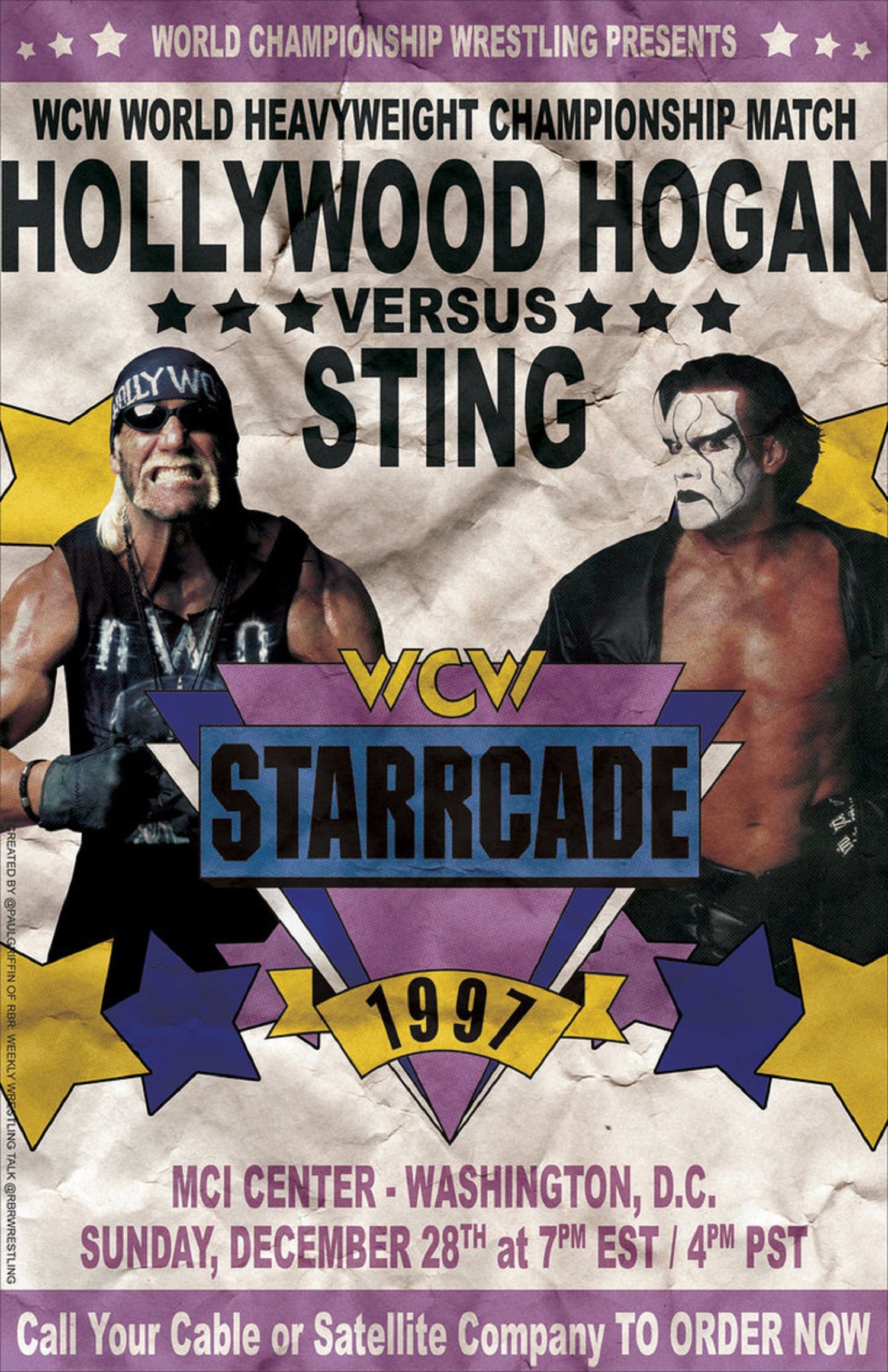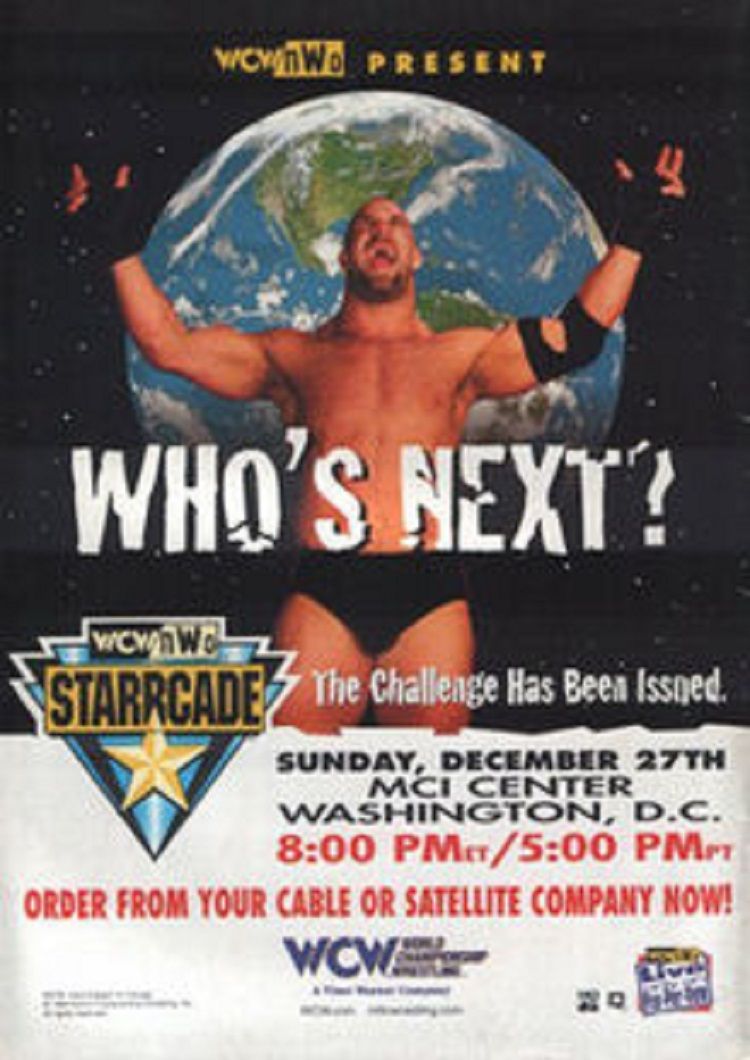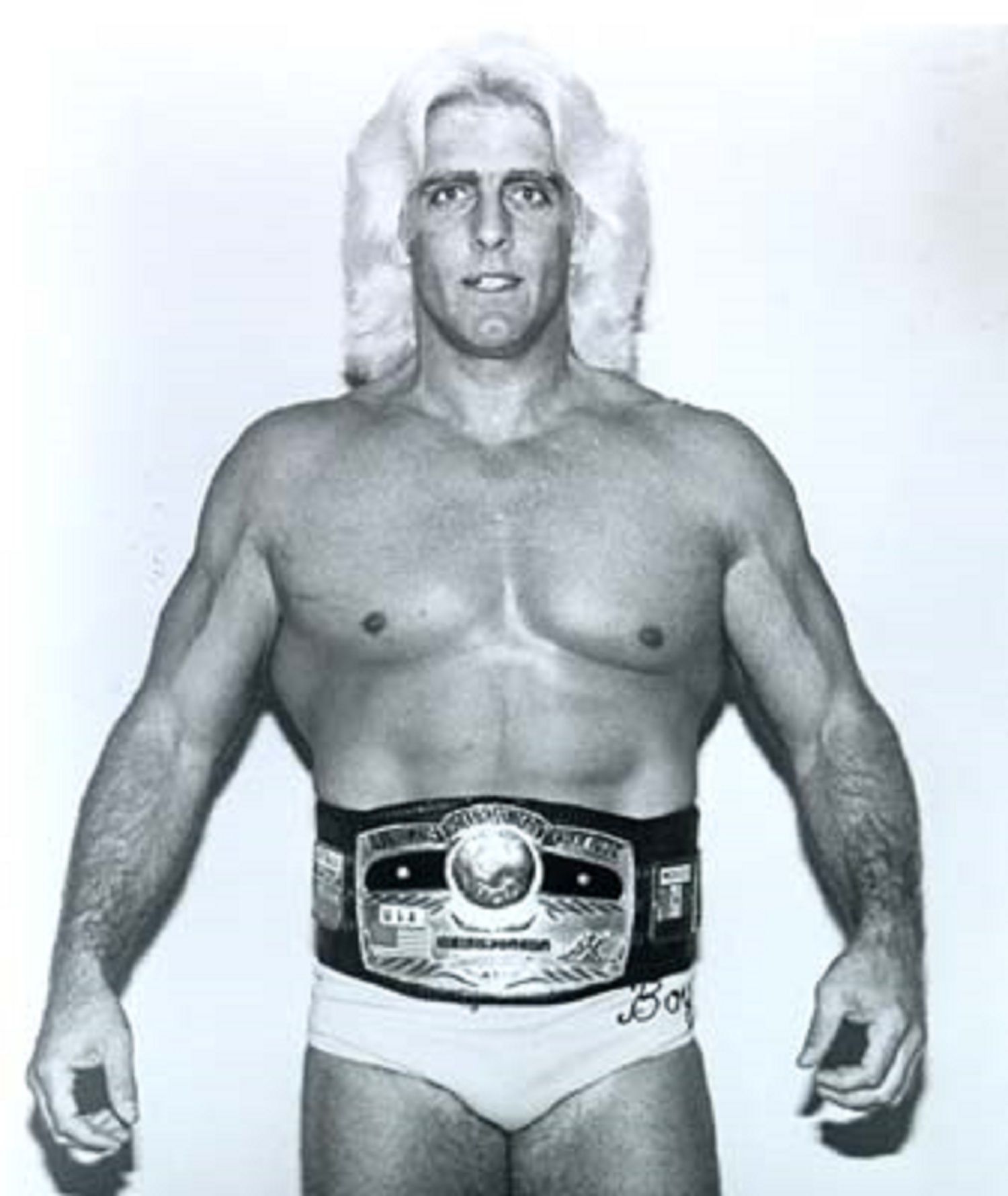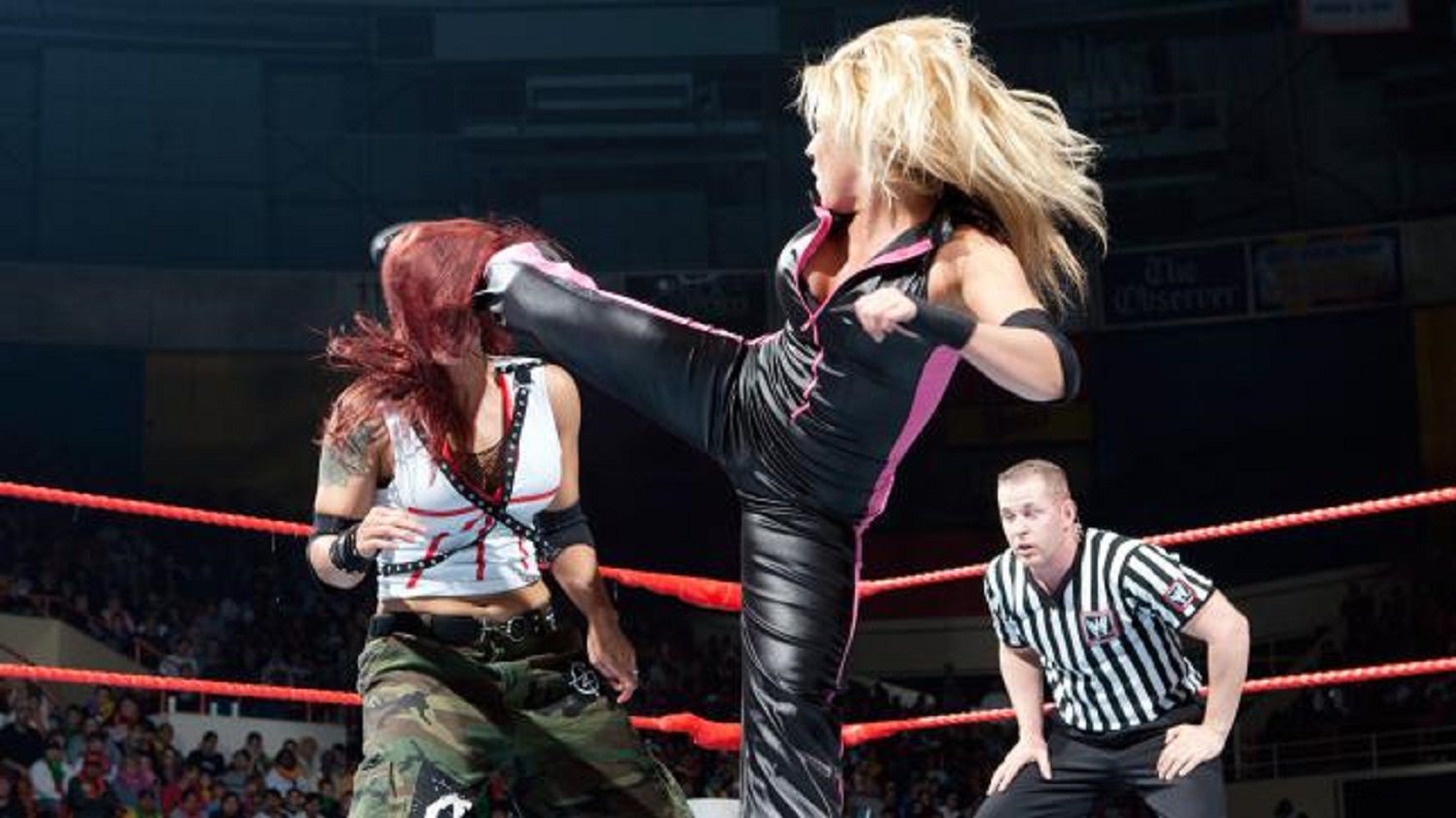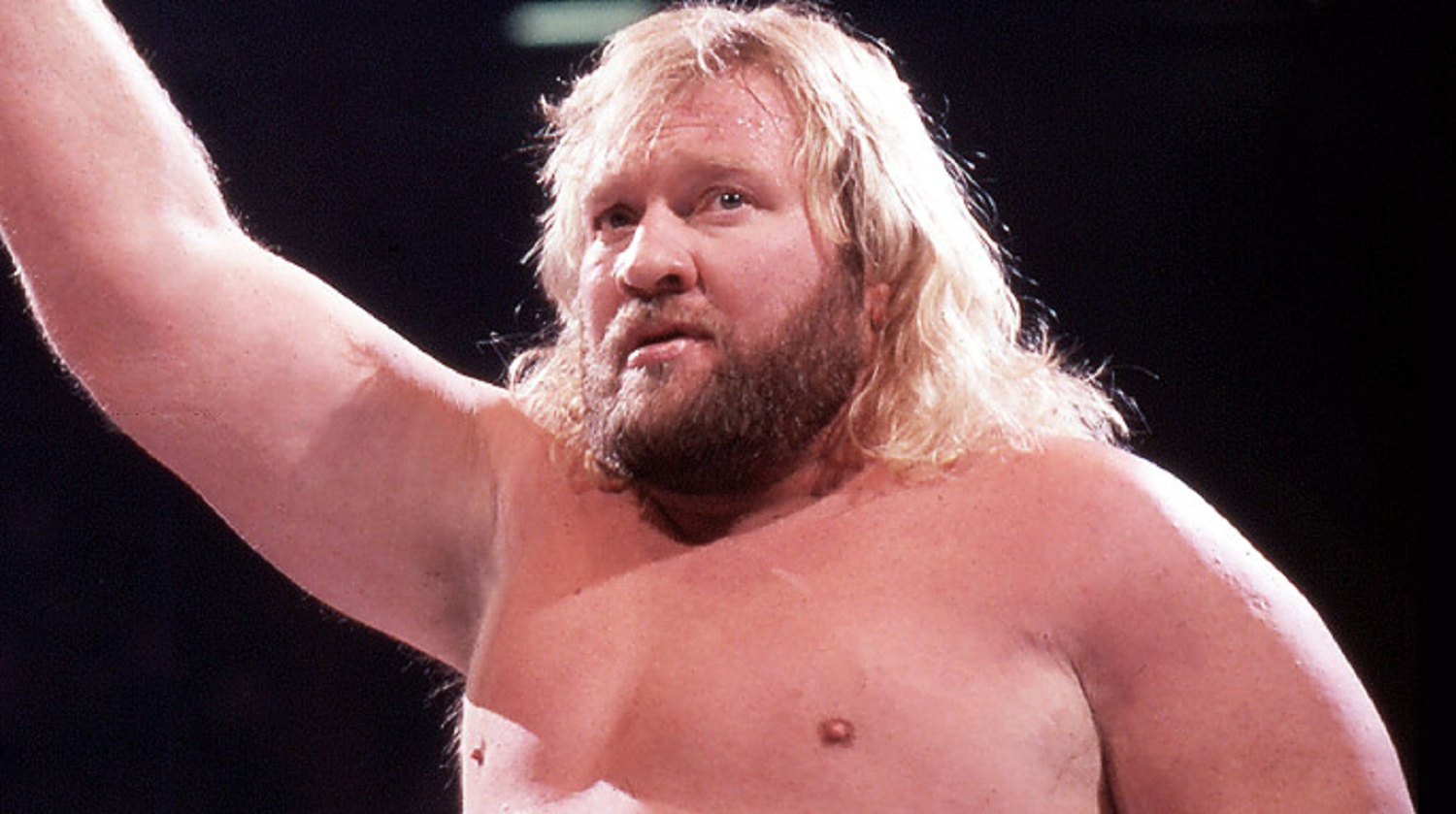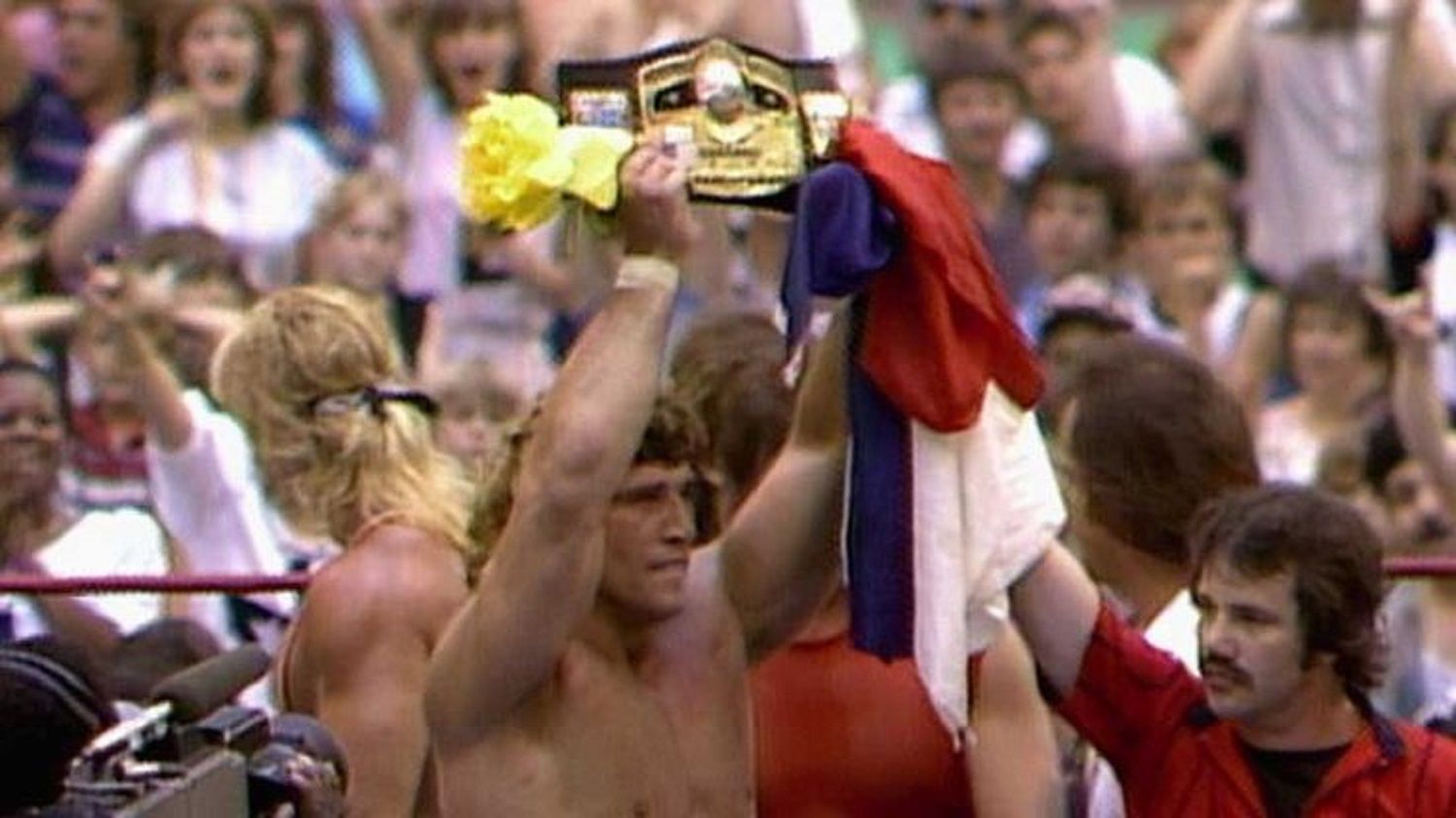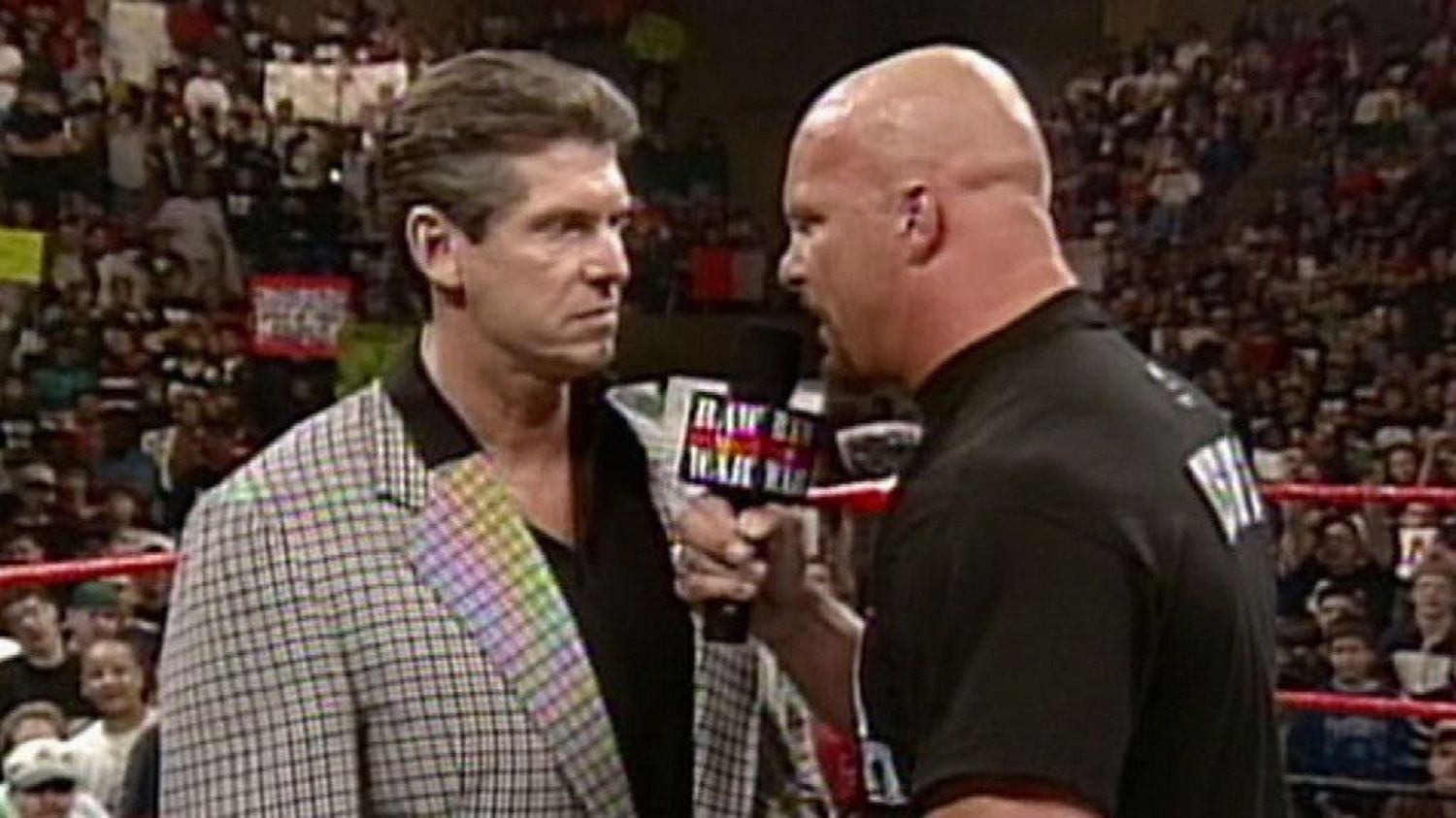It is possible to trace the history of iconic wrestling champions simply by reviewing the month of December alone, starting in 1906 all the way up to the Monday Night Wars era of 1995. The sport’s first superstar, Frank Gotch, lost his world title on December 1, 1906 to Fred Beall in New Orleans. No doubt this loss shocked fans back then as much as Rhonda’s Rousey’s recent humbling by Holly Holm. Gotch would win the title back just two weeks later showing that promoters even then could treat the title as a hot potato. The next Superman champion, Strangler Lewis, captured his first world title on December 13, 1920. Lou Thesz , like his mentor Strangler Lewis, also won his first version of a world title in December, the 29th of 1937.
The first meeting of Thesz against the man who made wrestling in Japan (in part because Thesz made him) Rikidozan took place on December 6, 1953 in Hawaii. Rikidozan took the December big win tradition back to Japan scoring his first title victory (in a worked match that ended as a shoot) on December 22, 1954. After Rikidozan’s death, ironically in December 1963, one of his successors, Antonio Inoki, fought NWA champion Dory Funk Jr to a draw on December 2, 1969. It was the first time the NWA strap had been defended in Japan in over a decade. Unable to win (buy) the NWA title, Inoki beat Johnny Powers in December 1973 for the not so prestigious NWF World Title. This belt later morphed into the IWGP Title which is still defended today, often as the main event at the Tokyo Dome.
Any conversation about championships needs to involve Ric Flair. Flair won his first world title – a tag team belt with Greg Valentine – on Christmas Day in 1976. He’d also grab the big gold belt on December 27, 1993 in a four star match battling Vader and again in forgettable match against Randy Savage on December 27, 1995. So there’s wrestling history, from Gotch to Flair, looking at just December titles changes.
But more than title changes, December is highlighted by these 15 historic moments:
15 T14. Andre the Giant profiled in Sports Illustrated
Here’s the proof shattering artifact to the McMahon making pro wrestling mainstream myth. The article ran on December 21, 1981 and towered over other articles just as Andre did over other athletes. It was, at the time, the longest profile ever run in the “magazine of record” for the sports industry. SI must have been, however, a magazine lacking access to a fact checker or a measuring tape. Wrestling’s treated as real and Andre’s fairy-tale seven foot four stature goes unchallenged. Yet, there are great photos such as Andre’s enormous hand wrapped around a beer can, bountiful eating / drinking stories told by Andre’s keeper Frank Valois, and the writer pointing out Andre’s odd habit of calling everybody “boss.”
14 T14. The Wrestler Debuts
If the Andre story shined a bright light on one grappler, the movie The Wrestler presented a much darker view of the genre. The film debuted on December 31, 2008 to qualify for various awards. It would win many including the Golden Globe for best picture. If Hulk Hogan would have starred, as he claimed he was asked to do, who knows how many more awards the film could have achieved. The heartbreaking story of Randy “The Ram” Robinson might have seemed original to audiences outside of wrestling, but it was all too familiar to anyone who ever attended a small local show headlined by a “legend.” The Soprano’s like black out ending, the haunting Springsteen theme song, and Mickey Roukre’s incredible performance elevate the film from a great movie to a modern classic, even if lots of people inside of wrestling hated it.
13 13. Tribute to the Troops Debuts
As mentioned in the blog a few weeks back, the “universe” should be thankful for the excellent corporate charity work the WWE does. One of highest profile remains the Tribute to the Troops shows. Now held in the United States on a military base, the first one took place on a base in Iraq. For security reasons, the location was held secret until just before the taping on December 20, 2003. The show aired a few days later in place of Smackdown on Christmas Day. It wouldn’t be Christmas in the WWE without Stone Cold dressing up as Santa then kicking a heel (Mr. McMahon in this case) in the balls and stunning him. Ho. Ho. Hum.
12 12. Vader Debuts, Inoki Loses, and Sumo Hall Burns
Here’s one way to get s heel over fast. Take a huge green worker (Leon White), give him a great gimmick (Big Van Vader) and have him destroy the face of the company (Antonio Inoki) in three minutes. It worked, almost too well, on December 29, 1983 at the Sumo Hall in Tokyo. The crowd hated watching their hero thrashed. They rioted and set fire to the arena. New Japan wouldn’t be allowed back inside for years, while Vader become a main event player in Japan, as well as WCW. WWE, not so much. There he debuted by destroying WWE Commissioner Gorilla Monsoon, certainly not a riot inducing angle.
11 T10. “Paul Heyman, You’re Fired!” (for real)
Here’s one way to ruin a brand. Take a genius with vision who works best independently, stick him in a corporate environment run by a micro-manager, and tell him to make a muscle bound charisma free talent as champion (Bobby Lashley). That didn’t work and thus Paul Heyman was fired from WWE on December 4, 2006 less than 24 hours after a PPV that lived up to it’s name: December to Disremember. That PPV might have been memorable for a good reason if Heyman’s idea of making C.M. Punk the ECW champion would have won out. But no, because Vince knew there was no way C.M. Punk would get over as champion. Yeah, right.
10 T10. Jeff Jarrett Resigns from TNA
Speaking of a ruined brand: TNA. Founded by Jeff Jarrett and his father in 2002, the promotion struggled at first, despite having some real talent in the six-sided ring. With the PPV only strategy not working and limited TV access, the Jarrett sold majority ownership to Panda Energy, owned by the Carter Family. Jarrett made himself champion and Dixie Carter made herself important. When Jarret won the title the first time, it was with the help of Vince Russo. Russo would also “help” Jarrett book the promotion. This resulted not in a steep rise in ratings or PPV buys, but an increase in “Fire Russo” chants. By 2014, the shark hadn’t been jumped, it had just about stopped swimming. When Jarrett was rebuffed in his efforts to buy back his company, he resigned on December 22, 2014, giving himself an early Christmas gift.
9 9. The Funks Battle The Sheik and Abdullah the Butcher
The formula in Japanese wrestling main events from the first matches until December 1977 was normally the Japanese were the good guys and the Americans the bad guys. Yes, there exceptions, but that was the formula for years. Then Terry & Dory Funk, Jr. defeated (by DQ) Abdullah the Butcher and The Sheik to win the inaugural All Japan Pro Wrestling Real World Tag League tournament on December 15, 1977. The mayhem of the match, which involved Terry leaving the ring after getting his arm poked bloody by the heel’s international objects, rallied the Japanese fans behind the Funks. The wild brawl helped also established the importance of the December Tag Tournament which for decades was the highlight of the Japanese wrestling year before being overtaken by New Japan’s January 4 Tokyo Dome show and their August G1-Climax tournament.
8 8. Chris Jericho Becomes Undisputed World Champion
Chris Jericho might have mentioned this fact a few times during promos. He defeated The Rock and Stone Cold Steve Austin on the same might to become the (so-called) first undisputed World Heavyweight Champion on December 9, 2001 at the Vengeance PPV. The matches, Jericho admits in his book, were hardly classics but the four man tournament served two purposes. First, the matches unified the WWE Title and the WCW title, the final act of the “Invasion” angle. Second, it set up Jericho to get defeated for said title at WrestleMania by HHH. When the decision was made to un-unify the titles a few later, sure enough, HHH was there to get handed one of the belts. Smartest man, ever.
7 T6. Starrcade 1997
The Peak of WCW PPV occurred on December 28 for the annual Starrcade event. The PPV drew a 1.90 buy rate. WCW would never get close again for this show main evented by Sting defeating Hulk Hogan. Rather than a hot-shot angle, this was a classic slow burn with Sting not wrestling for months while “stalking” Hogan. Fans craved the match which they hoped would end with Sting destroying Hogan. Except, coming off the Survivor Series screw job, Bischoff and Hogan decided to involve the newly arrived Bret Hart. Hart came out to make the final count because the match ref (Nick Patrick) fast counted. Except, Patrick didn’t really make a fast count. So, months of a slow build-up were wasted by a non-fast three second count. WCW’s decline on PPV began that night.
6 T6. Starrcade 1998
The slow decline turned into a downhill snowball when Kevin Nash ended Bill Goldberg’s undefeated streak at Starrcade on December 27, 1998. Goldberg, who had defeated Hogan for the title at the Georgie Dome in July, was still hot even after a series of main event matches against fellow baby face DDP. Fans and critics hated the streak coming to an end. The end of the streak comes up in every Nash shoot interview and on the NWO show as part of the Legends of Wrestling. In every case, Nash defended the highly questioned decision of the booker (Kevin Nash) to end the streak. It was like giving the finger to all of Goldberg’s fans. Another finger involving Nash would occur at the first Monday Nitro of 1999.
5 5. Ric Flair Debuts
For years, Starrcade was the Ric Flair show. He won the World Title in the first one in 1983 and main evented for two decades after, almost always in a highly entertaining match. One wonders if the debut of Ric Flair on December 10, 1972 in Rice Lake WI was entertaining. The future Nature Boy, then weighing almost three hundred pounds, went to a ten minutes draw against prelim wrestler and ring set-up specialist George "Scrap Iron" Gadaski. Flair, along with Hogan, Sammartino, and a few others hold such a place in wrestling history that their first match deserves to be called a memorable moment, even if the match is long forgotten by anyone who witnessed it.
4 4. Lita vs. Trish Stratus Main Event Raw
Now this was a Diva’s revolution. Trish, wearing a mask to protect her injured nose, battled her long- time rival on December 6, 2004. In an exciting match, filled with cool moves and hard hitting action, Trish retained the title. Later, Trish would recall, “We had worked our butts off to bring the level of our matches and the interest in our feud to this point, so it was like our hard work had paid off - we worked for that main event spot and we earned it - that felt great.” Lita would echo the sentiment, saying, “we were so thankful to be given the opportunity, but at the same time knew we could step up.” The match main event’s vibe stemmed from the intense seemingly personal, not scripted, rivalry between the two athletes, not divas. What a novel idea.
3 3. WWE Invades the NWA
Long before DX invaded Nitro, the WWE invaded St Louis, the home city of the NWA and taped television in their building on December 27, 1983. Also, talent just recently raided from the AWA – Gene Okerland, David Schultz and Hulk Hogan – made their TV debuts. One wonders how well show was received with plodding talents of Big John Studd “wrestling” three times, while Ivan Putski and Mr. Fuji went over two times. As audacious as making the fans to sit through those seven matches was the act of taping TV in the home city of one enemy (NWA) using the main talent of another (AWA). That’s bigger and more studdly than Big John Studd.
2 2. Kerry Von Erich Loses to NWA World Champion Ric Flair
For all the endless angles rolled out each week on WWE, TNA, and ROH TV, very few mean anything / draw money. And that’s true throughout wrestling’s long history. Normally, the ones that stand the test of time are turns, which used to have impact but now rarely do. One of the biggest that set a territory on fire for years occurred in Dallas on Christmas 1985. The Freebirds were faces aligned with hometown heroes the Von Erichs. Michael Hayes acted as the special referee for Kerry Von Erich’s match against Ric Flair. The match was to fulfill the Von Erich family’s quest to win the NWA belt. It took place in a steel cage. Slowly Hayes turned heel as the match progressed. The Freebirds turn was complete when Terry Gordy smashed the cage door against Kerry’s head. Kerry lost but the turn turned Dallas into a money making machine.
1 1. Vince McMahon Announces the “Attitude Era”
According to Mick Foley’s book, the “attitude era” actually started a few months earlier with Vince addressing talent on the night of Brian Pillman’s death. A few weeks later came the Montreal Screw Job and Vince’s “Bret screwed Bret” interview. Yet this promo on Raw from December 15, 1997 announced the new direction clearly to the WWE fans. Wearing a hideous brown sports jacket with the words “Cure for the Common Show” super-imposed beneath him, McMahon began with “It has been said that anything can happen in the World Wrestling Federation.” Using inane analogies (comparing WWE to Seinfeld – yes, there is something wrong with that) and dissing Hulk Hogan (“the era of the superhero who urges you to say your prayers and take your vitamins is definitely passé”) McMahon told viewers that a new attitude had arrived. He warned parents to use “discretion” and mentioned the fictional 50 year history of the WWE has an “entertainment mainstay…all over the world. He ended the promo by kissing the ass of the networks and the fans, but moments before uttered words true then but maybe not since. He said, “as the times have changed, so have we.” So when did Sheamus become contemporary and cutting edge?

